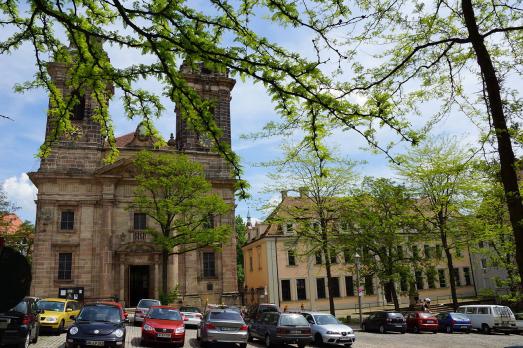
St. Egidien
Nürnberg, DE
The Evangelical Lutheran Church St. Egidien, built in the eighteenth century, is the only baroque church in Nuremberg. It was preceded by a medieval monastery church.
Here you can search for a building to visit. You can use the map find destinations, or you can use the filters to search for a building based upon what different criteria.

Nürnberg, DE
The Evangelical Lutheran Church St. Egidien, built in the eighteenth century, is the only baroque church in Nuremberg. It was preceded by a medieval monastery church.
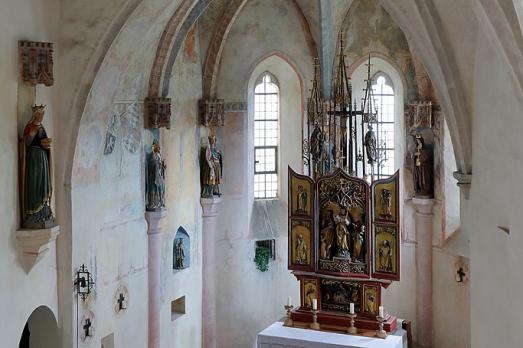
Burghausen, DE
St. Elisabeth's Chapel in Burghausen Castle was founded by Duke Henry XIII (1235-1290) and his wife Elisabeth (1236-1271). It was consecrated to St. Elisabeth of Thuringia, the duchess' aunt who was canonised in 1235. The present appearance of the nave, which was originally flat-roofed and most probably painted, is mainly determined by the late Gothic-style net vault from the time of George the Wealthy (1455-1503). The walls of the choir are decorated with wall paintings dating from around 1400, and the remains of a late 16th-century painting can also be seen.
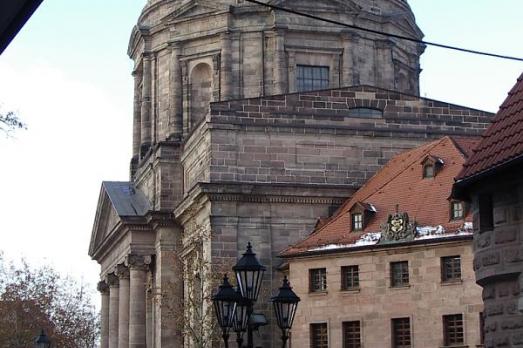
Nürnberg, DE
On the St. Elizabeth site was originally a simple Romanesque chapel belonging to the St. Elizabeth Hospital founded in the 13th century. In 1784, the chapel was demolished and the construction of the current building began in 1785 still as a chapel. In 1806, the Roman Catholic Archdiocese bought the building as a Catholic church, and undertook its partial reconstruction until 1903.
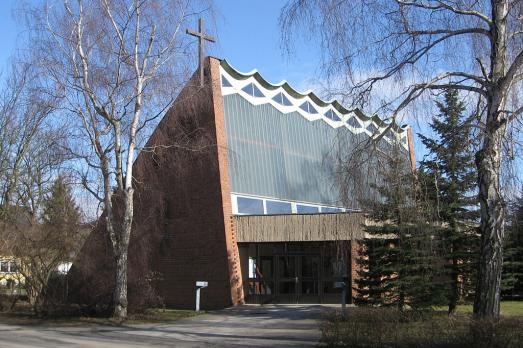
Leipzig, DE
The tent-like church of St. Gabriel was - as one of the first churches in the German Democratic Republic (DDR) ever – primarily assembled from prefabricated concrete parts. It was built in 1970 by architect Peter Weeck in cooperation with the artist Friedrich Press as a Gesamtkunstwerk (synthesis of the arts).
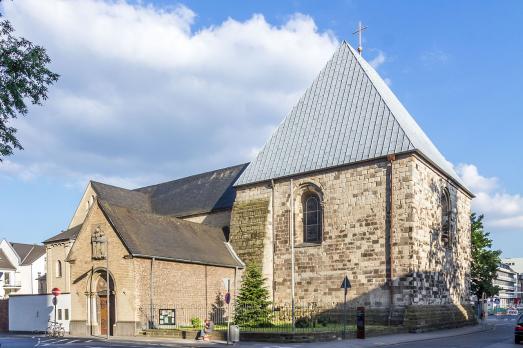
Cologne, DE
St. Georg is one of the twelve major Romanesque basilicas in the Old Town of Cologne. The construction of the former collegiate church began in 1059.
Erfurt, DE
The Catholic St. George's Church in the Hirnzigenweg has an eventful history. Not far from its current location was the village of Daberstedt with its Georgskirche, the first documentary mention of which dates back to 1170. In 1312, the church collapsed, but was soon rebuilt. In 1632/33, the council of the city of Erfurt destroyed the village and church for economic and especially military reasons. After an interim reconstruction, Daberstedt was burned down by French soldiers in 1813. The place was not rebuilt afterwards.
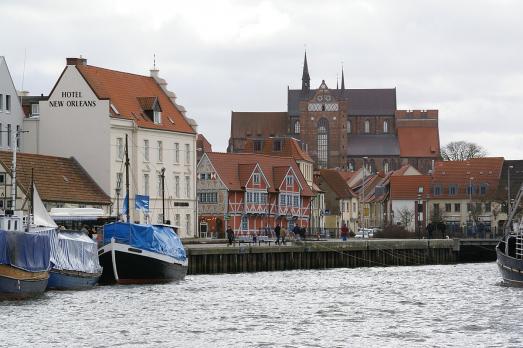
Wismar, DE
St. George's Church is one of the three main churches in Wismar and a remarkable architectural monument of North German brick Gothic. The church dates from the first half of the 13th century. During its centuries-long construction, the church was modified several times and completed in 1594. The building was severely damaged during the Second World War. It was rebuilt from 1990.
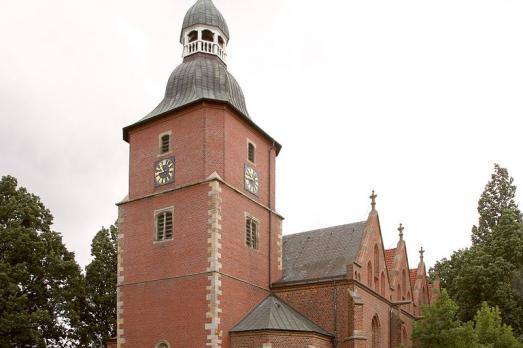
Vechta, DE
In the middle of the 12th century, the counts of Calvelage-Ravensberg built a castle at the crossing over the Moorbachtal. Some craftsmen and merchants settled near the castle and because of them, the first parish church of Sint Georg (St. George) was built at the beginning of the 13th century. Throughout the centuries, the building changed because of destruction and restorations. The current appearance of the church dates from 1598, but the massive tower with a Baroque Welsh dome was added in 1722. The building underwent a radical renovation from 2003 until 2007.
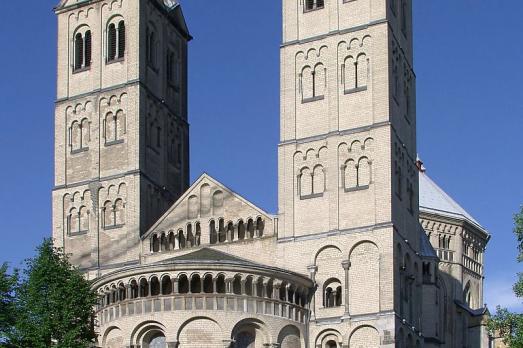
Cologne, DE
St. Gereon is one of the twelve main Romanesque churches in Cologne and one of its oldest churches. In its center, traces of a central building dating from the second half of the 4th century can be found.
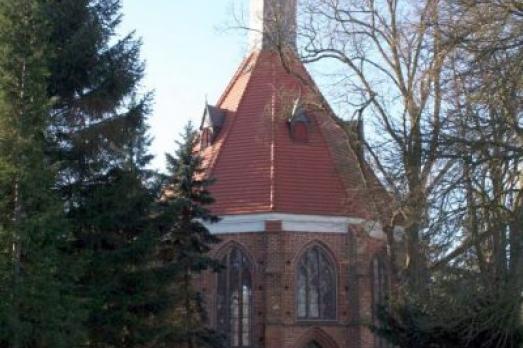
Wolgast, DE
The chapel was built around 1420 as a late gothic central building. It is considered a replica of the Holy Sepulchre in Jerusalem, with a central column and star vault. Originally there were about 31 of these chapels in Pomerania.

new
As a university city, cultural offerings abound in Tartu and will reach their peak after being designated one of three European Capitals of Culture for 2024. In this list, we've compiled the most interesting sacred places to visit in and around the old town.

Bodø has evolved from a picturesque fishing village to a bustling cultural epicentre in the northeastern Norwegian county of Nordland. Here is a list of the top churches to visit in Bodø, the only European Capital of Culture above the Arctic Circle.

The small Austrian spa town of Bad Ischl is known for its beautiful nature and peaceful atmosphere. Emperor Franz Joseph I of Habsburg, described it as an "earthly paradise". Here is a list of religious heritage sites you should visit.